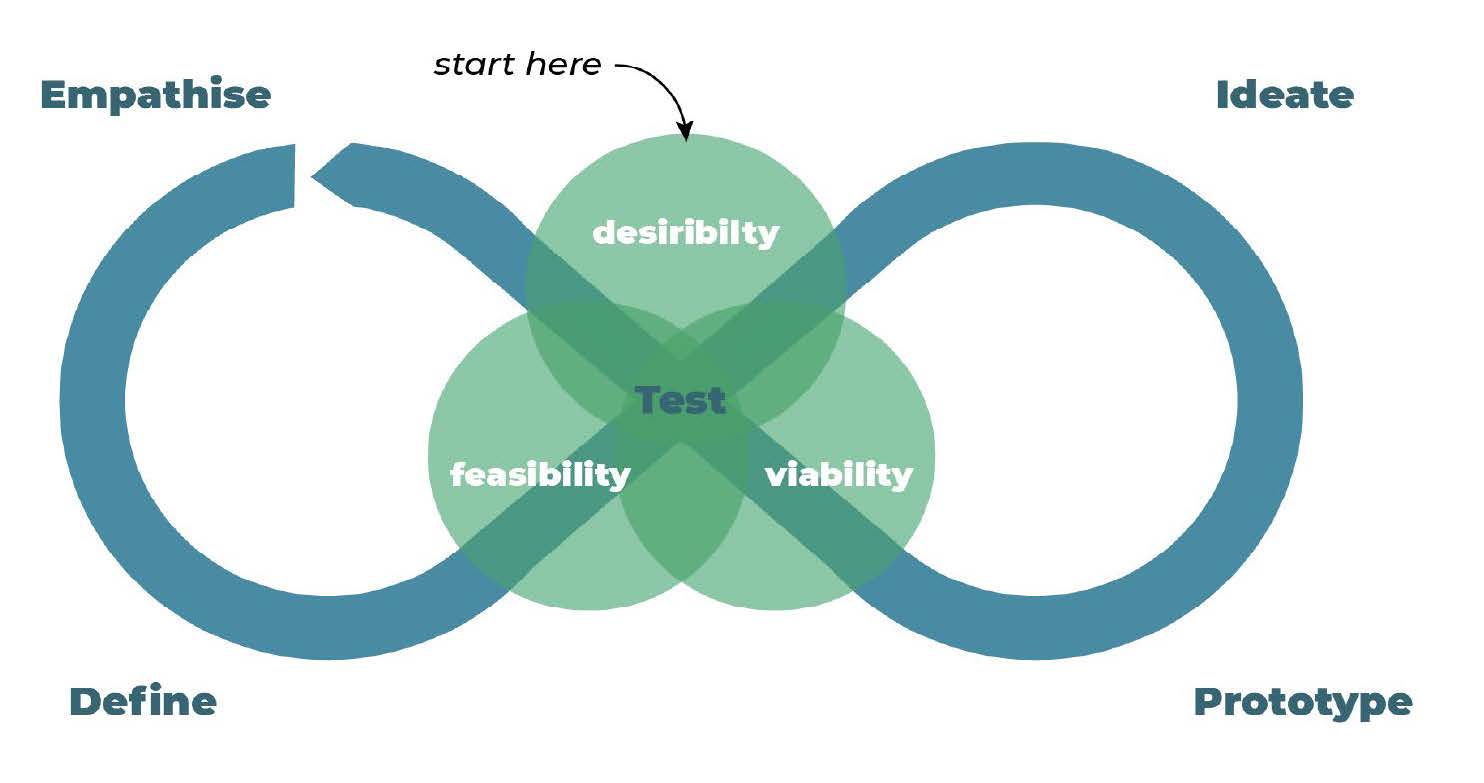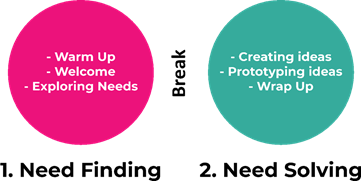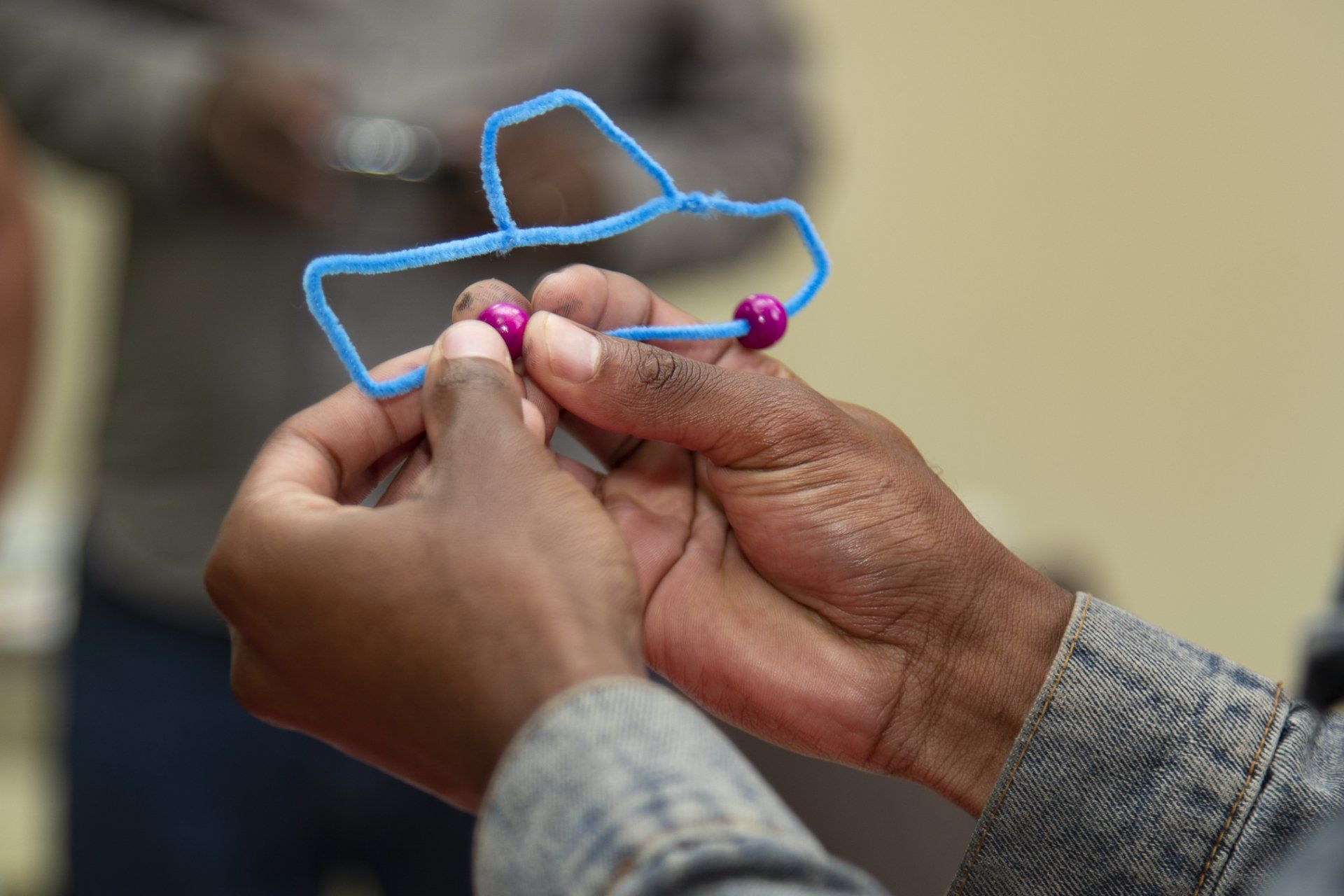Design Thinking Methodology
A mindset and a framework..
Design Thinking (DT) is both a mindset and a framework that enables people to navigate uncertainty and create solutions that are meaningful, authentic, and appropriate to their context of use. It blends our traditional, analytical thinking (rooted in past data and aimed at producing reliable, correct data) with intuitive thinking (rooted in gut instinct and abductive reasoning and aimed at producing imagined futures).
[1] “Design thinking incorporates constituent or consumer insights in depth and rapid prototyping, all aimed at getting beyond the assumptions that block effective solutions. Design thinking—inherently optimistic, constructive, and experiential—addresses the needs of the people who will consume a product or service and the infrastructure that enables it.”
Exploring societal challenges through a design thinking approach starts with perspective taking and involves qualitative engagement with key stakeholders within the community or challenge context. Once the needs, aspirations and constraints of people affected by the challenge are understood, we can co-define the specific opportunity or problem to be solved. This human-centred framing of the challenge is used to prompt the generation and exploration of ideas and imagined new futures. Ideas are validated by making them tangible, i.e., bringing them into the present as learning experiments, prototypes, and cultural probes.
Tangible ideas are iteratively tested against:
- Desirability (do people want it and does it help move them into a better future),
- Viability (does it make financial sense to both consumers and producers) and
- Feasibility (does the technology suit both implementer/user)

Figure 1 Desirability, Feasibility and Viability - Cartedo
Objectives:
The goal of the initial Design Thinking workshops was to uncover new opportunities that might empower four communities around South Africa to reap the maximum benefits from improved internet access, while also enabling social and environmental sustainability.
Workshops were designed to identify:
- Weak signals of change
- Key challenges of individuals, groups, and the community as a whole
- Unique natural characteristics of the local environment that could inform ideas
- Opportunities and ideas to begin building on and testing
Workshop Framework:
The workshops were split into two core phases, namely Need Finding, and Need Solving

Figure 2 Need Finding and Need Solving - Cartedo
Need Finding:
Within Need Finding, the basic premise was that by focusing on people’s fundamental problems and needs (which rarely change) instead of solutions (which change a lot), we would remain anchored in a foundation that’s highly stable yet innovation friendly. Needs were thus framed as “We need a way to…” rather than “We need a…”
Need Solving:
Once these questions were answered and participants had an idea of where to focus their collective energy, they began to imagine new possibilities, bounded by the constraints of the project.
The outcomes of each Design Thinking workshop will be detailed in the community specific sections entitled Functions to Solve For.
[1] Brown, T. and Wyatt, J., 2021. Design Thinking for Social Innovation (SSIR). [online] Ssir.org. Available at: <https://ssir.org/articles/entry/design_thinking_for_social_innovation> [Accessed 25 November 2021]







